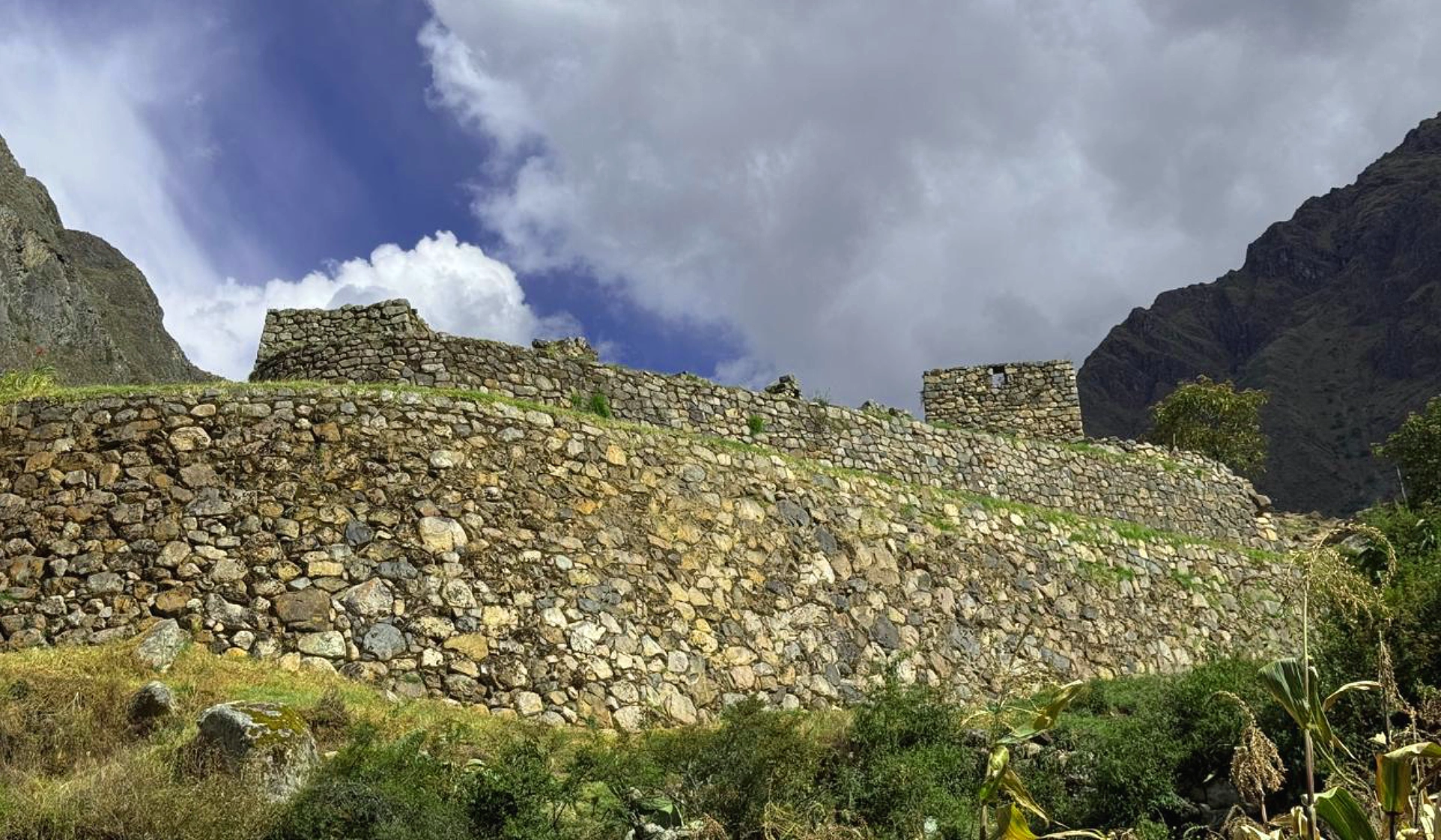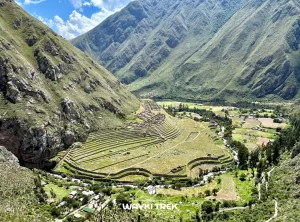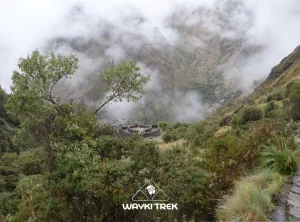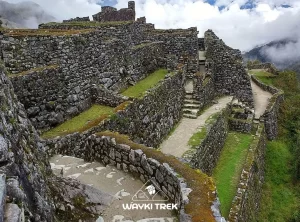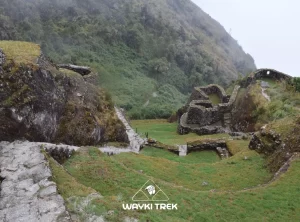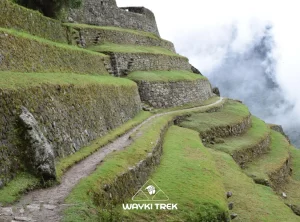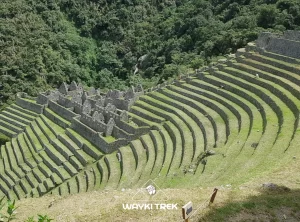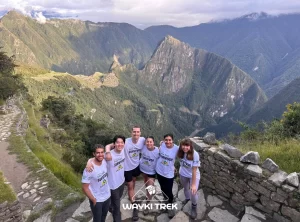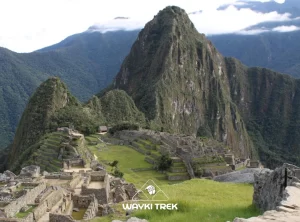18/09/2025 8:42 pm
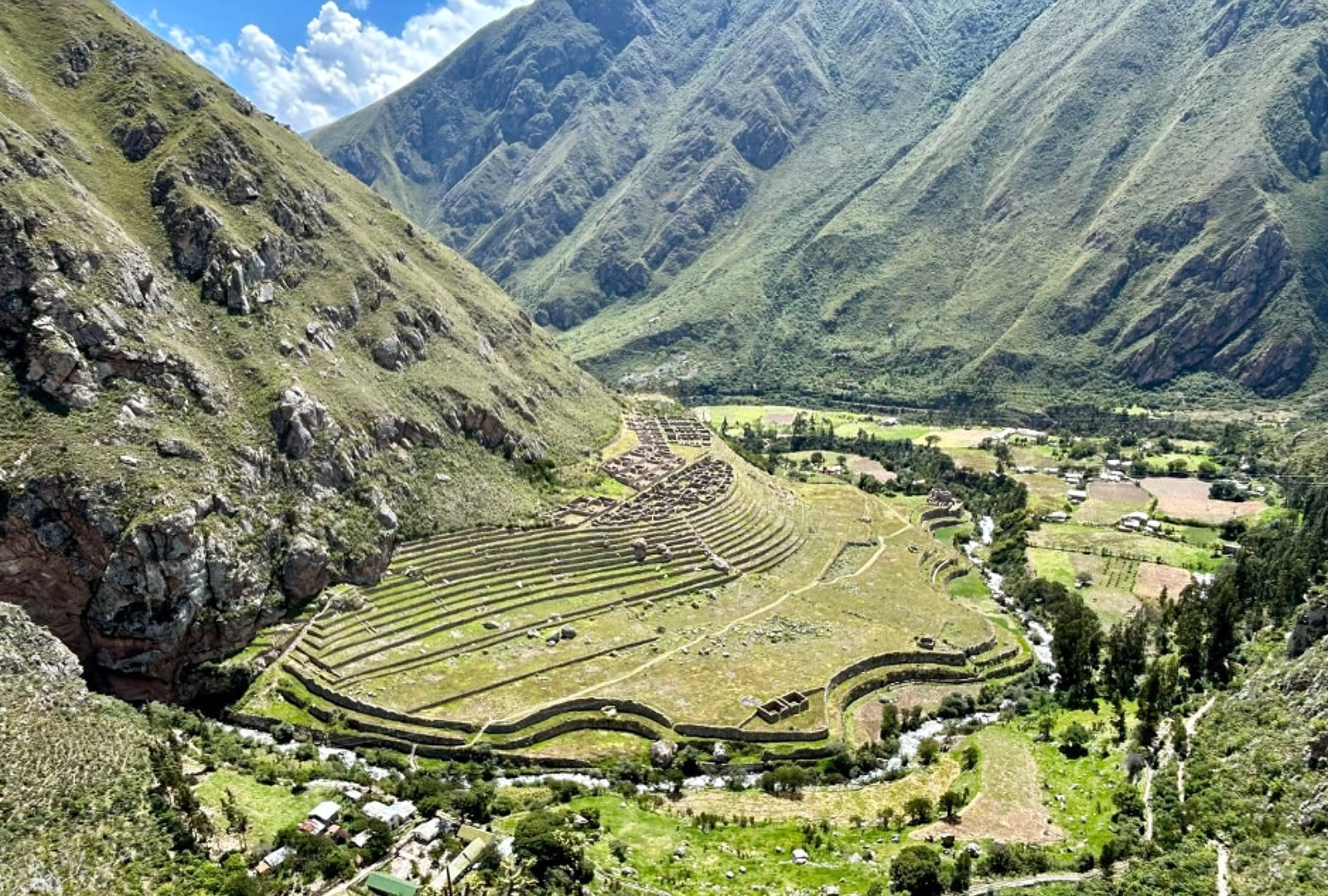
The legendary Inca Trail to Machu Picchu is not only a scenic trek through stunning Andean landscapes, it is a journey through time that reveals the greatness of the Inca civilization through its fascinating ruins and archaeological sites. Every step along this sacred route is a history lesson, an encounter with the architecture and engineering of an ancient empire.
Over the 4-day classic trek, adventurers have the privilege of exploring a series of Inca complexes that once served various purposes, from agricultural and administrative centers to ceremonial and resting sites.
Archaeological sites you’ll discover on the Inca Trail:
1.Llactapata (Patallacta): The “High Town” or “Town on the Hillside“
Located at the start of the trail, Llactapata is the first major archaeological site trekkers encounter. Believed to have been a key agricultural and administrative hub, as well as a checkpoint for those heading to Machu Picchu, its terraces and structures showcase Inca urban planning and farming adaptation.
2. Runkurakay: The “Egg’s Nest” or “Circular Post”
Recognized for its semicircular construction perched among the clouds, Runkurakay (3,850 m / 12,631 ft) likely served as a lookout or tambo (rest and storage post). From here, trekkers enjoy sweeping views of the Inca Trail and the Warmiwañusca pass.
3. Sayacmarca: The “Inaccessible Town”
Perched atop a ridge at 3,700 m (12,139 ft), Sayacmarca is a fortress-like site with narrow passages, stairways, and terraces. Its strategic location offered both defense and panoramic views of the Aobamba Valley and Pumasillo peak, and may also have had ceremonial or astronomical purposes.
4. Phuyupatamarca: The “Town Above the Clouds”
A stunning example of the Inca philosophy of harmony between humans and nature, this site (3,670 m / 12,040 ft) features terraces, ceremonial baths, and enclosures, likely serving as an administrative hub. Its high elevation makes it an ideal lookout point toward Intipata and Wiñay Wayna.
5. Intipata: The “Secret Terraces”
One of the trail’s hidden gems, Intipata is a breathtaking collection of agricultural terraces offering sweeping valley views. It’s thought to have been used for farming and may have even had a shortcut to Machu Picchu.
6. Wiñay Wayna: “Forever Young”
Just 4 km from Machu Picchu, this dramatic site features terraces, temples, and a waterfall cascading into the Urubamba gorge. Believed to be an agricultural, ceremonial, and administrative hub, Wiñay Wayna is also one of the last major camps before reaching the citadel.
7. Inti Punku (Sun Gate): Gateway to the Lost City
The iconic final entry point to Machu Picchu, the Sun Gate once served as a checkpoint for pilgrims. From here, trekkers get their first awe-inspiring view of Machu Picchu at sunrise, an unforgettable reward after days of trekking.
8. Machu Picchu: The Enigmatic Citadel
Though not along the trail itself, Machu Picchu is the grand finale. A UNESCO World Heritage Site, this breathtaking citadel at 2,400 m (7,874 ft) exemplifies Inca engineering and harmony with nature, nestled between the Andes and the Amazon.
These sites reveal a piece of the Inca puzzle, and connects travelers with the history and spirit of the Andes. Hiking the Inca Trail is an immersion into the memory of a civilization that left an indelible mark on the heart of the mountains.
Get ready to challenge your limits and connect with history every step of the way! Book now.
Tours where you’ll discover some of these sites:
Inca Trail 4 Days: The most iconic route to Machu Picchu. See more.
Inca Trail 2 Days: A shorter version of the trail, but with the same essence. See more.
Machu Picchu Full Day: Perfect if you have little time to experience this wonder. See more.
Back

